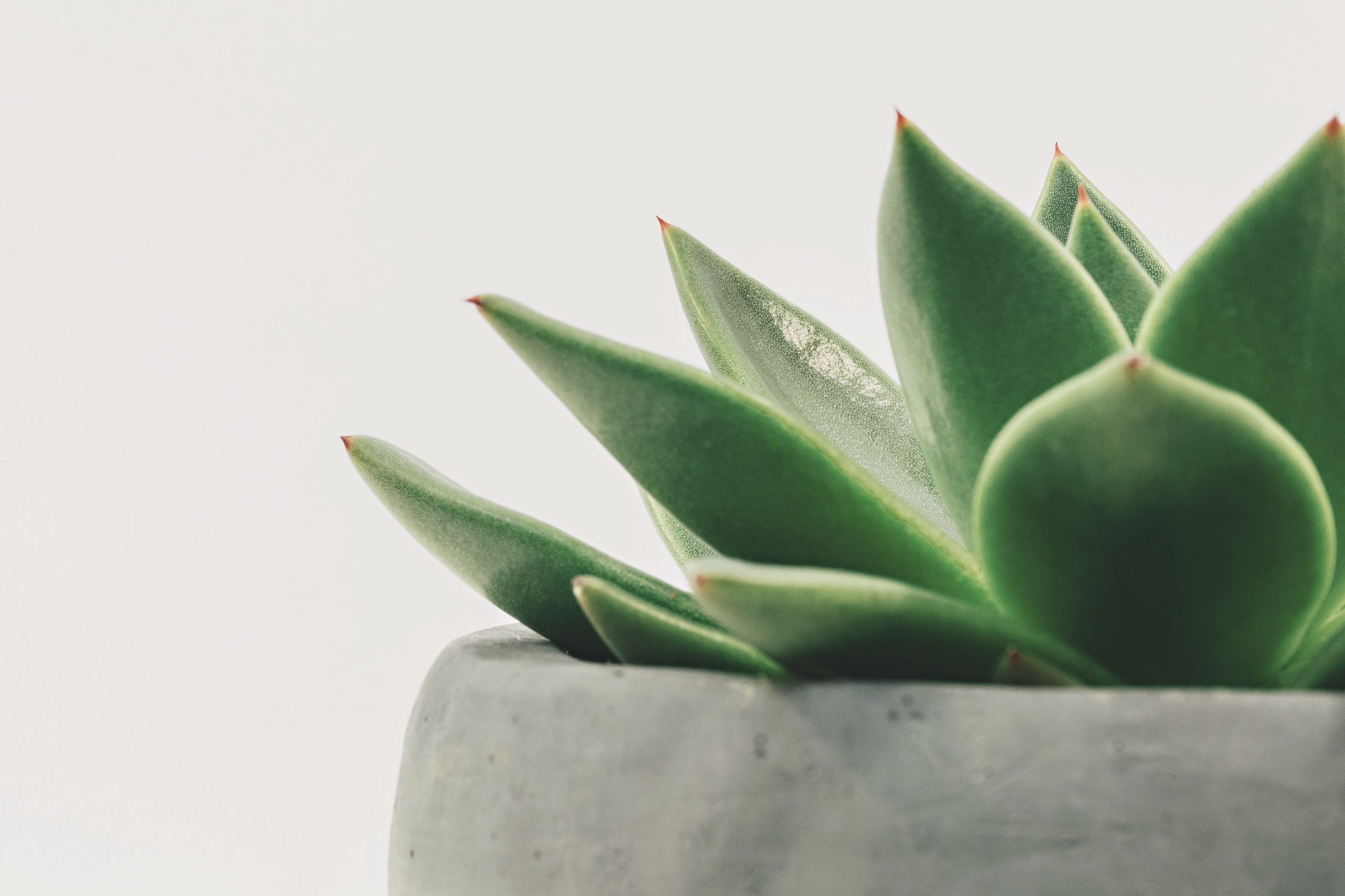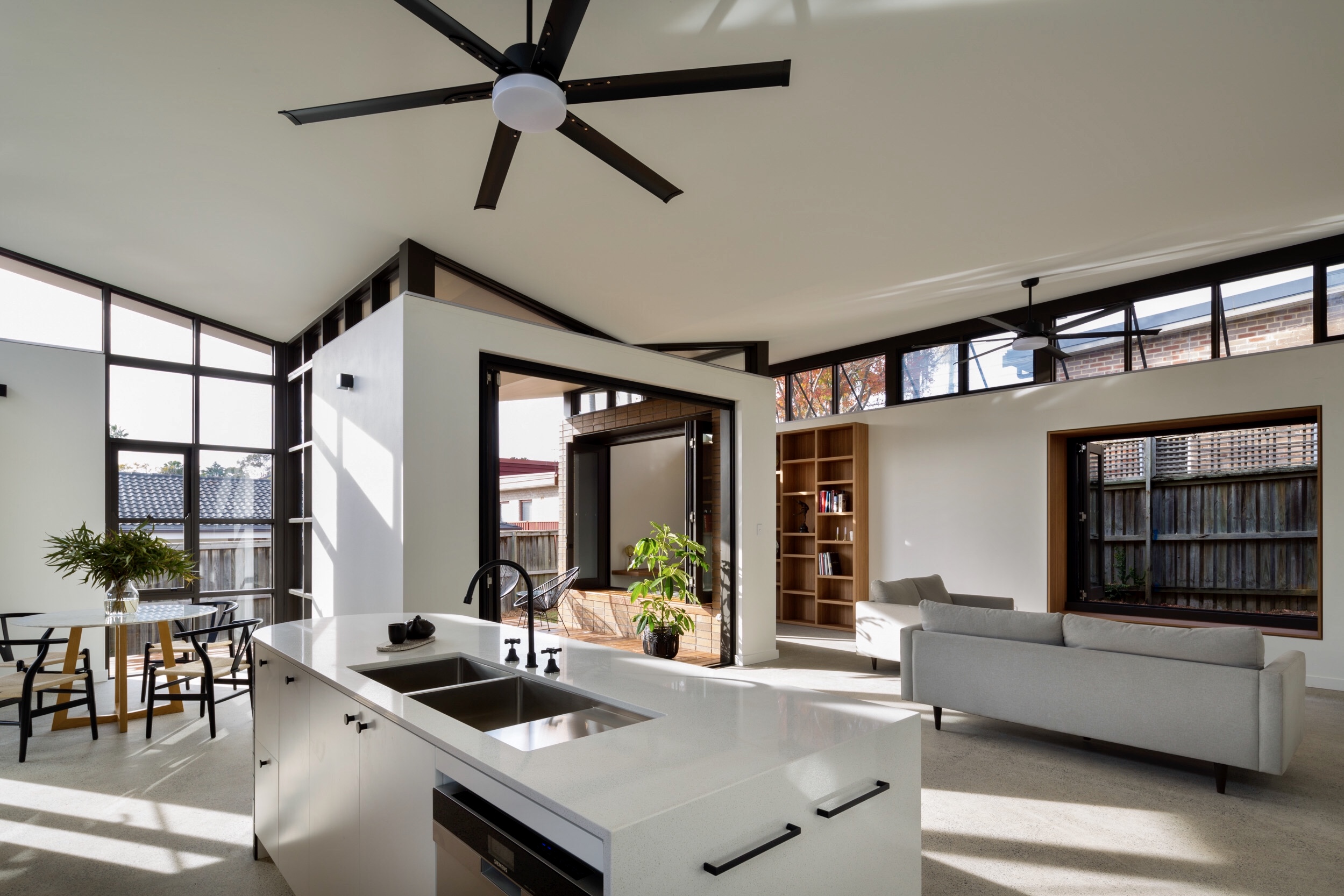Succulent Characteristics & Care Requirements
30 January, 2020 | Mikala Chapman

In the world of plants succulents have become undeniably popular. Whether it’s because they are uniquely beautiful or that they can be used in a variety of locations or simply because they are hard to kill, succulents are definitely on trend right now.
People often refer to juicy meals as succulent. In the world of botany, this word describes types of plants with leaves or stems that store water. Because of these attributes, succulents often appear thick and fleshy. What makes these plants appealing, and how do you care for them?
Types of Succulents
Succulents, such as aloe, agave, prickly pear and sedum, add personality to any living space because of their interesting appearance. However, you can also find species that have narrow leaves. Cacti are succulents too, and they come in many interesting sizes and shapes.
Native Environments
Because of their tolerance for drought, these plants thrive in arid deserts. That’s because of their excellent liquid and nutrient-storage capabilities. However, succulents make numerous different environments their homes, including mountains, jungles and seaside territories.
Growing Conditions
Many varieties are able to survive cold temperatures, but lack of light can make them scrawny. On the other hand, they might burn under full, hot sun. This type of damage happens especially in humid conditions.
Succulents often live for decades, and they usually just require bright light, infrequent watering and the occasional helping of plant food. While they’re not fussy, they don’t like sap-sucking insects. Rubbing alcohol will usually take care of those.
Water Requirements
Like most plants, they need water to survive. However, overzealous owners can lose succulents to overwatering. When they shed leaves, too much water is usually to blame. Root and stem rot often occur under these conditions as well. Soil with grit, perlite or coarse sand drains better and can help alleviate this problem.
Growing Challenges
Factors that can cause concern include temperature extremes, insufficient light and lack of water. The two latter issues often cause a dull plant appearance. When green succulents experience sudden color changes that result in black, orange, red, pink or purple shades, this can denote too much sunlight or abrupt temperature changes. When succulents live indoors make sure to protect the glass window with a sheer curtain to avoid burns.
Propagation
While the process differs a bit according to the type of plant, you can propagate succulents easily enough. Many of them grow their own pups, also known as offshoots. In that case, simply remove them and plant in soil. However, you should let the cutting dry for a minimum of 24 hours. Doing so decreases the chance of rot because the cut has time to heal. Pups with longer stems propagate especially well.
Some succulents grow their own tiny, new plants. You can spot them easily on the ends of leaves or beside flower stems. If you have succulents with leaves, you can try to grow new plants by removing those and planting them in the appropriate medium.
Soil Requirements
Many garden stores carry soil for succulents. To make your own growing medium, mix three parts potting soil with one-part perlite and two parts of course sand. Make sure to purchase sand, and don’t use any that you find because of possible contamination. If you prefer, you can use poultry grit or turface instead.
While not all succulents can thrive indoors, those that prefer lower lighting conditions tend to do well in homes. If you follow the simple steps outlined in this guide, you will increase your chance for success. However, succulents with bright colors do better outdoors.
So, if you are thinking of creating your own succulent bowl or possibly planting some in your garden we hope that you are now equipped with all the right information for a successful and healthy succulent garden.
Latest From the Blog

What details are typically included in a set of residential architectural plans.
7 February, 2024
A typical file set of architectural plans for a residential building includes a variety of documents that provide comprehensive guidance…
Read More...
How to choose an Architect
13 November, 2023
Choosing an architect is a crucial step in the process of designing and building a home. Loving an architect’s work is…
Read More...
How much do home renovations increase home value?
22 August, 2023
The increase in your home value due to renovations can vary widely depending on several factors, including the type of…
Read More...